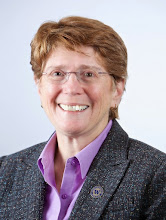What causes criminal trials to go wrong? This new article attempts to answer: Jon B. Gould et al., Predicting Erroneous Convictions, 99 Iowa L. Rev. 471 (2014)
ABSTRACT: The last thirty years have seen an enormous increase not only in exonerations of innocent defendants but also academic scholarship on erroneous convictions. This literature has identified a number of common factors that appear frequently in erroneous conviction cases, including forensic error, prosecutorial misconduct, false confessions, and eyewitness misidentification. However, without a comparison or control group of cases, researchers risk labeling these factors as “causes” of erroneous convictions when they may be merely correlates. This Article reports results from the first large-scale empirical research project to compare wrongful convictions with other innocence cases in which the defendant escaped conviction (so-called “near misses”). Employing statistical methods and an expert panel, the research helps us to understand how the criminal justice system identifies innocent defendants in order to prevent erroneous convictions. In another first, the research secured the cooperation of practitioners from multiple sides of the criminal justice system, including the national Innocence Project, the Police Foundation, the Association of Prosecuting Attorneys, and the National District Attorneys Association. The results highlight ten factors that distinguish wrongful convictions from near misses, but the larger story is one of system failure in which the protections of the criminal justice system operate in a counterintuitive manner. The Article closes with a series of policy reforms to address these failings.

No comments:
Post a Comment